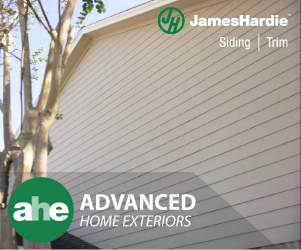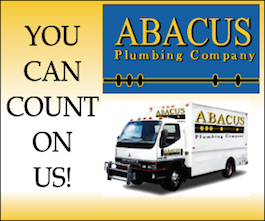Drywall cracks around doors or windows and doors that don’t fit are common foundation repair warning signals. In most cases, the problem is not with your slab foundation, but the soil under it. Moisture causes soil to expand and contract, taking your home and foundation along with it.
What’s important to understand is repairs fundamentally change how your foundation works. Slab Foundations spread the load of your home across their surface area. Once piers are introduced, the repaired area of your foundation becomes point-loaded on the piers.
What to expect with foundation repair
After preparing the site by removing plants and attending to any utilities that might be affected, the digging begins. In most cases, repairs involve digging holes along the edges of your home’s foundation. As soil is removed, it’s usually piled on sheets of plywood or tarps so it can be returned after the work is complete.
Digging can take a day or more, depending on your repair’s complexity. For instance, if interior piles are needed under your home, horizontal tunneling adds time to a project. In the case of tunneling, make sure your company adds support along the tunnel. Tunneling creates a void that cannot be completely backfilled. That means tunneling will mean adding more pilings to your project.
Before tunneling became widely accepted, contractors jackhammered holes through the slab to perform repairs. Today, this is only recommended for rare cases where tunneling is not possible.
Foundation repair gives you a lift
Once digging and tunneling is completed, it’s time to lift your foundation. Piers are hydraulically inserted in designated locations using powerful rams. Concrete piers are most commonly used. Though, there are cases where steel piers are necessary. Regardless of type, the piles are driven, section after section, until they reach a point of refusal. This is the point where the ram starts lifting the house instead of pushing down piles.
Foundation piles don’t hit bottom?
It’s a common misconception that pilings are driven until they hit bedrock. Actually, pilings lift your home based on “skin friction.” That’s the resistance built up along the piling’s sides as they’re driven deeper. Skin friction provides reliable support and ensures the integrity of the piling.
Once pilings hit refusal and your home begins to lift, the foundation repair crew works in unison to bring your home back to its original position. Steel shims are inserted and the pilings are capped off.
Foundation repair doesn’t level your home
Chances are your home isn’t perfectly level. It wasn’t the day it was built, either. The goal of foundation repair is, instead, to return a home to its original position before soil shifted under it.
Final foundation repair steps
With the work complete, rams are removed, tunnels backfilled, holes filled and landscaping is put back in place. In the event holes are cut in driveways or walk ways, concrete patches are put in place. Done correctly, these patches will be hardly noticeable in time. Remaining debris and plywood sheets are taken away and the area is given a thorough cleanup.
How long does it take?
From first dig to clean up, typical foundation repair projects take 2-3 days. Though, horizontal tunneling or other special circumstances can prolong projects. When finished correctly, the only thing you’ll have to show for the effort is a more secure foundation.
Wait to do repairs
While you’ll be tempted to repair cracks and other cosmetic damage, Tom’s HomeShow Pros at Du-West Foundation Repair recommend you wait about three months for everything to settle into place.
































